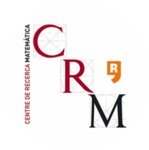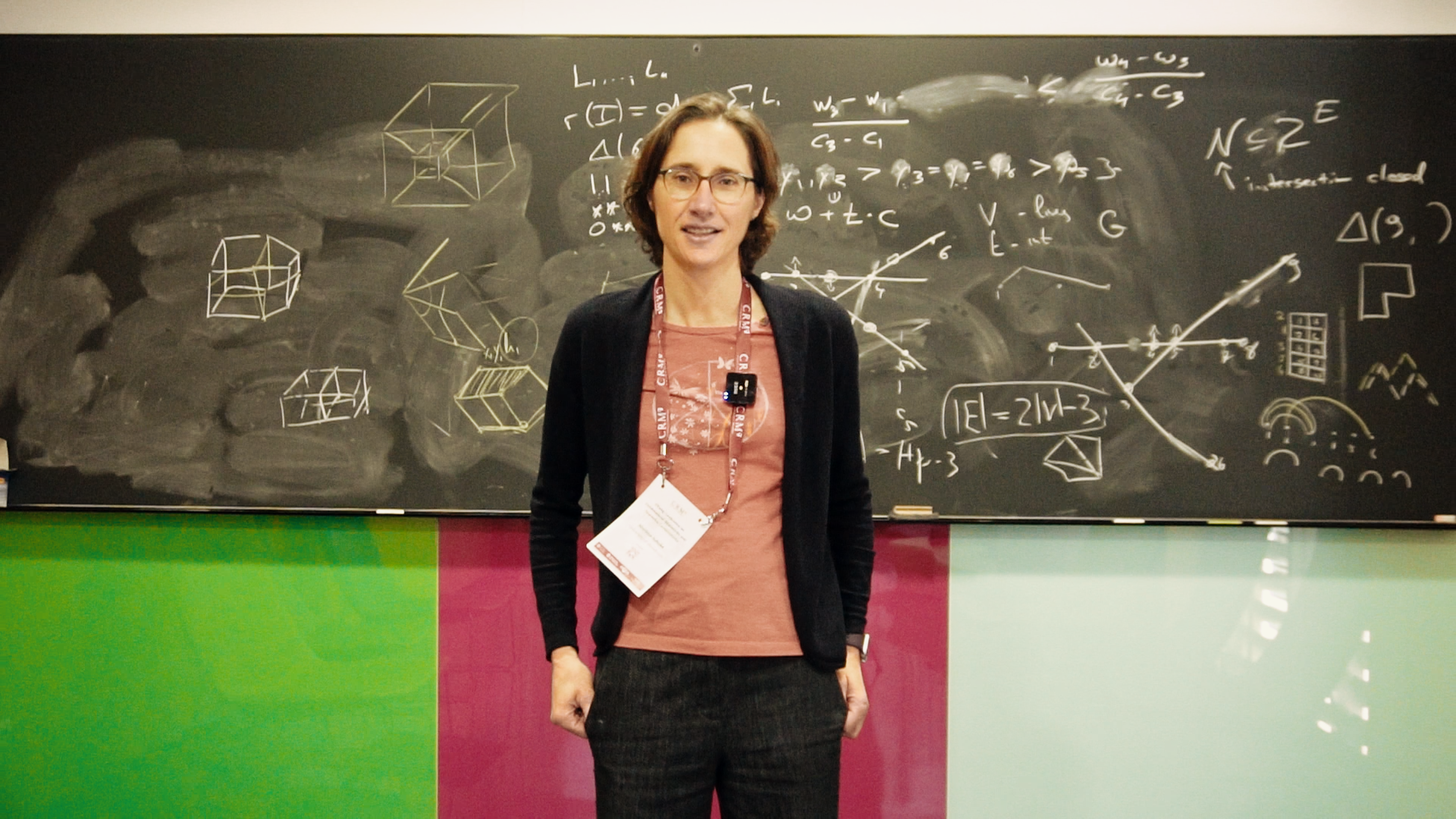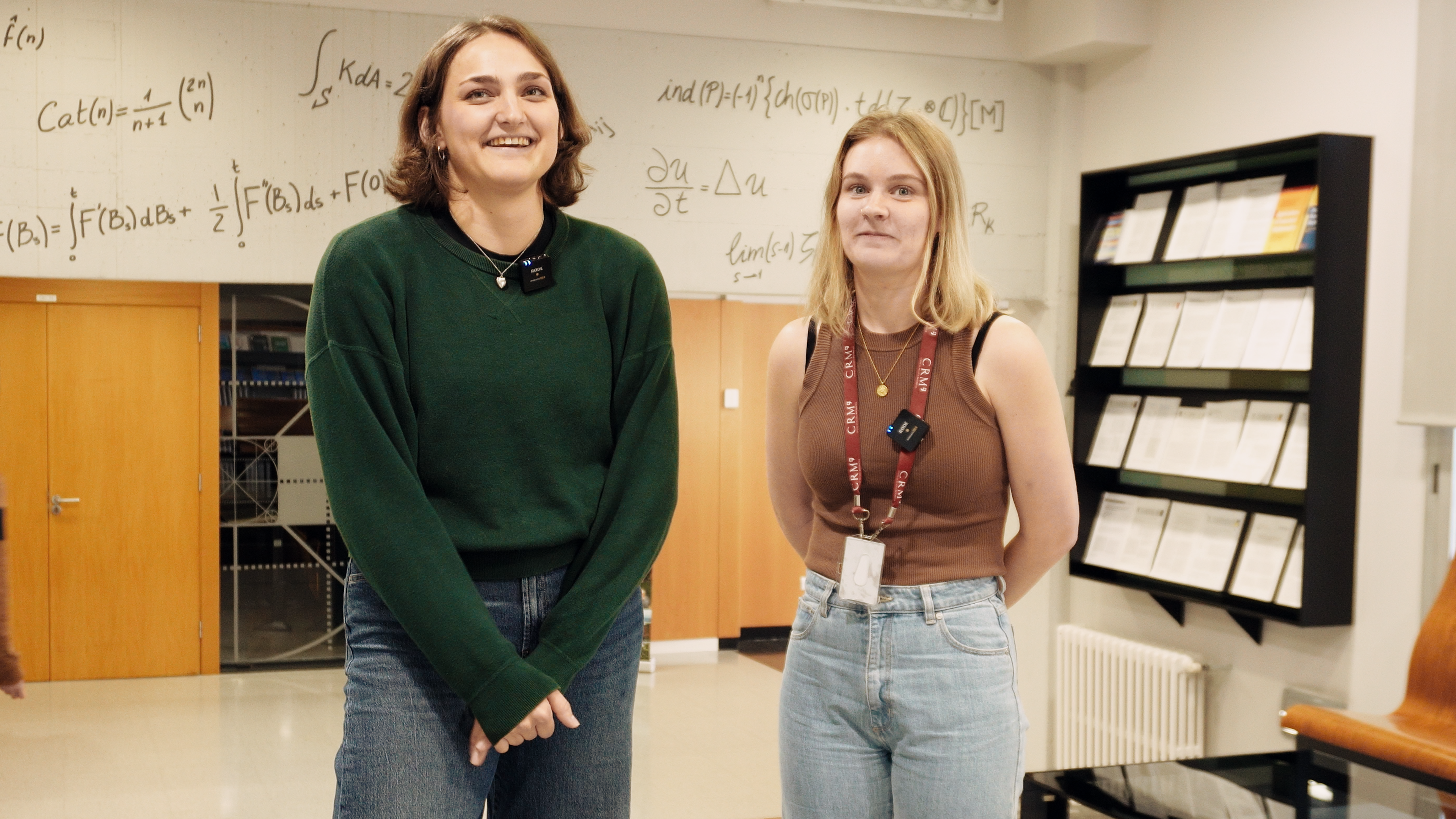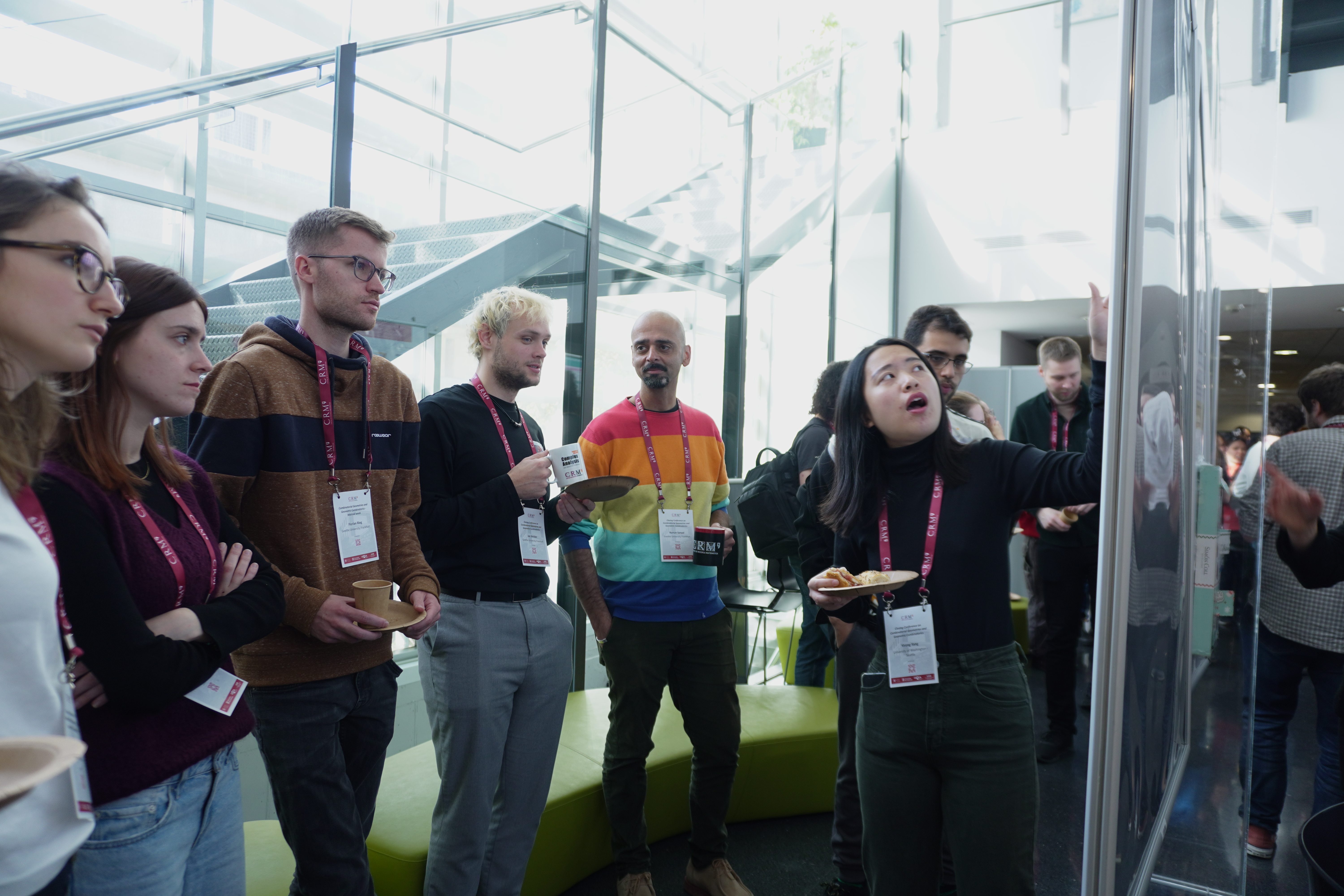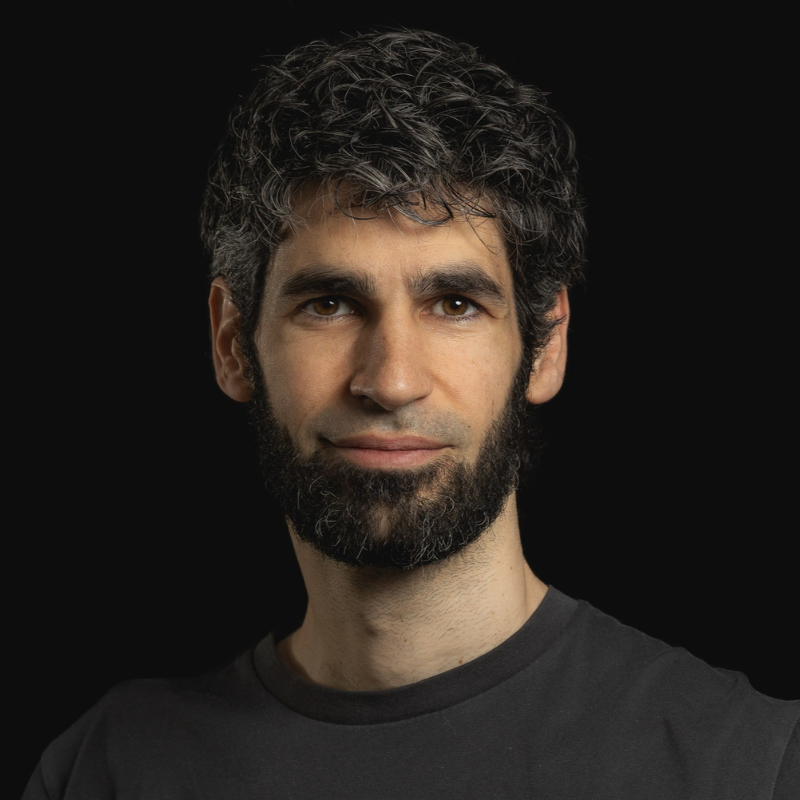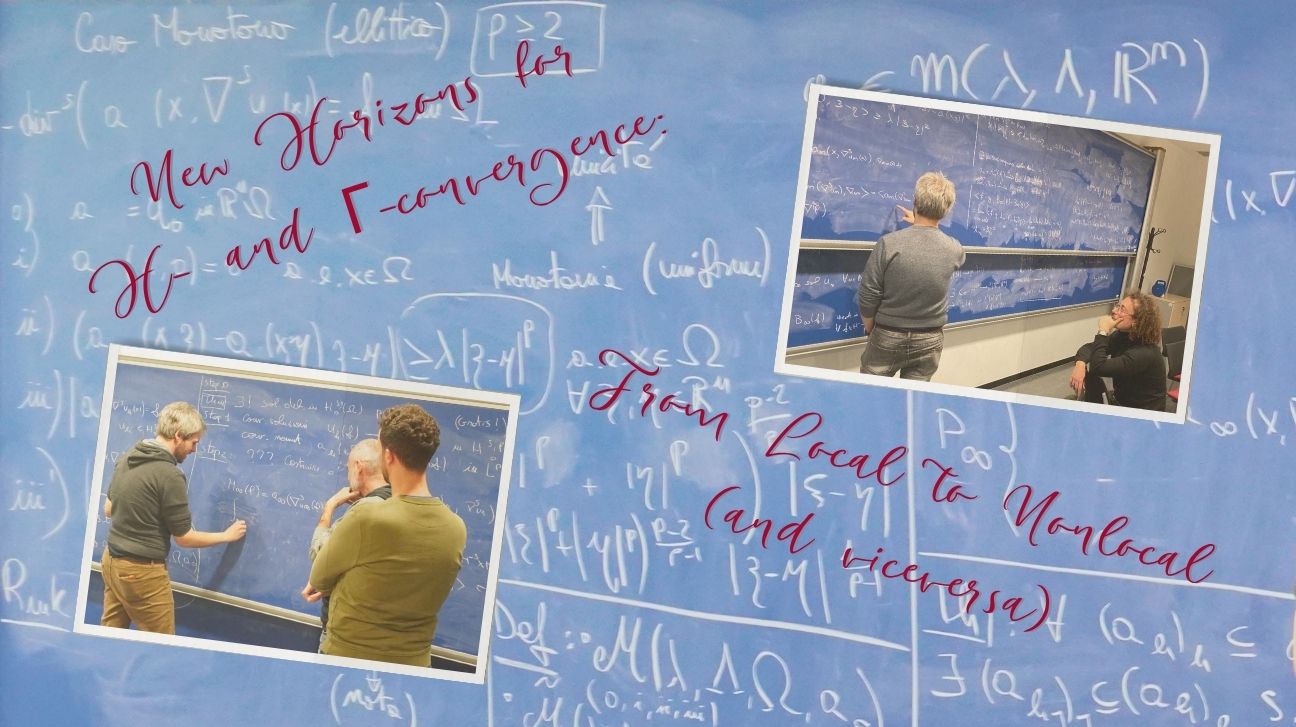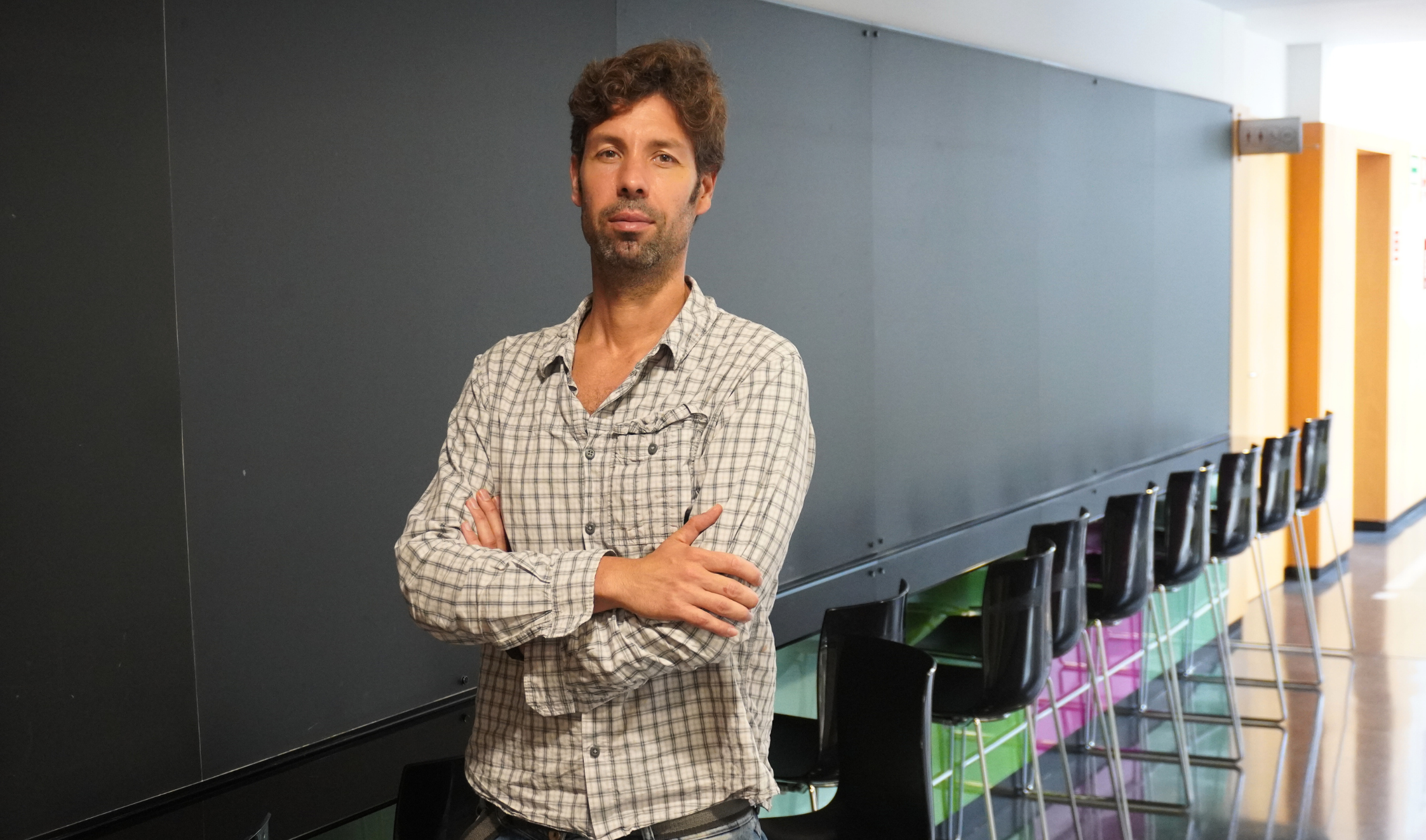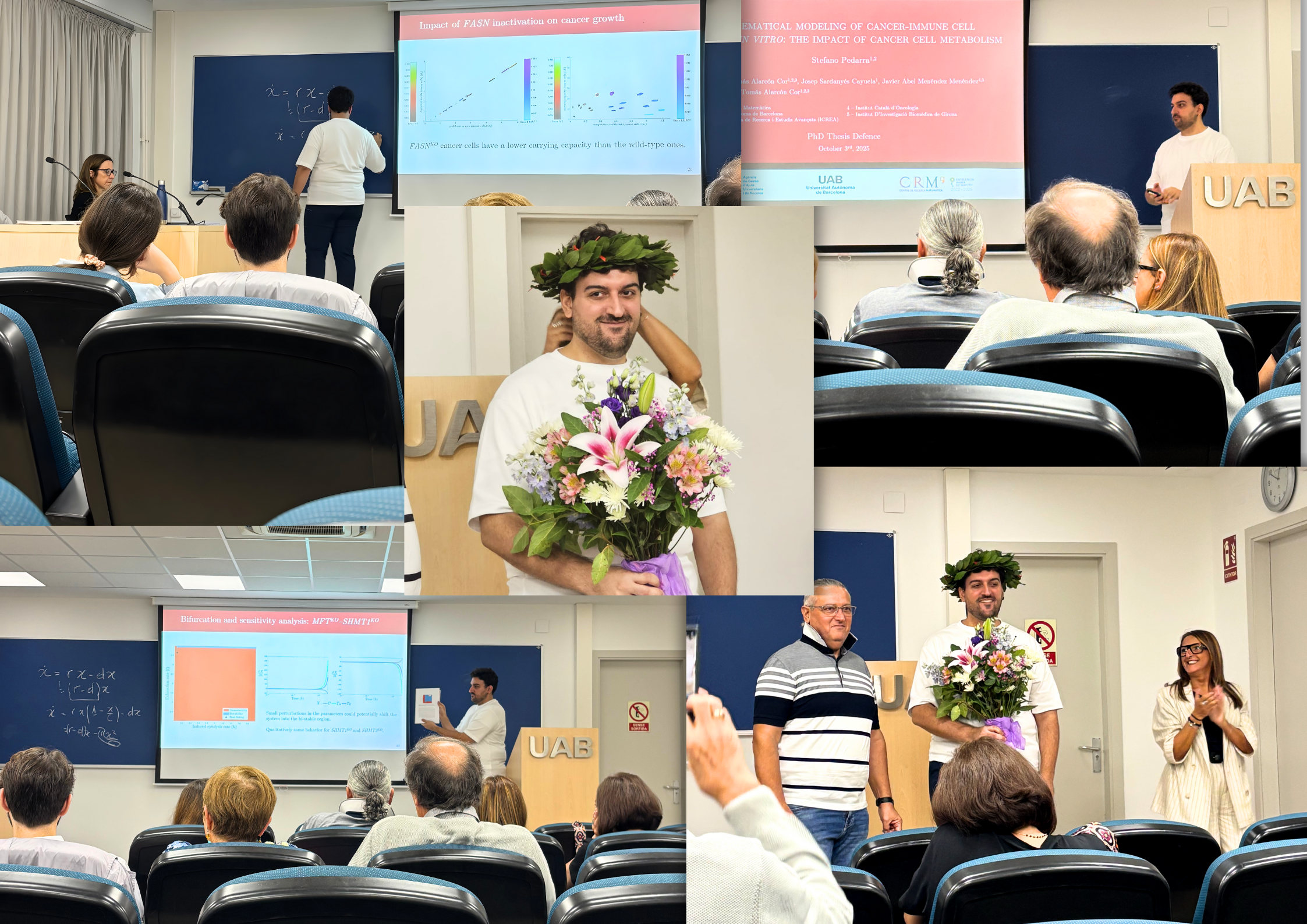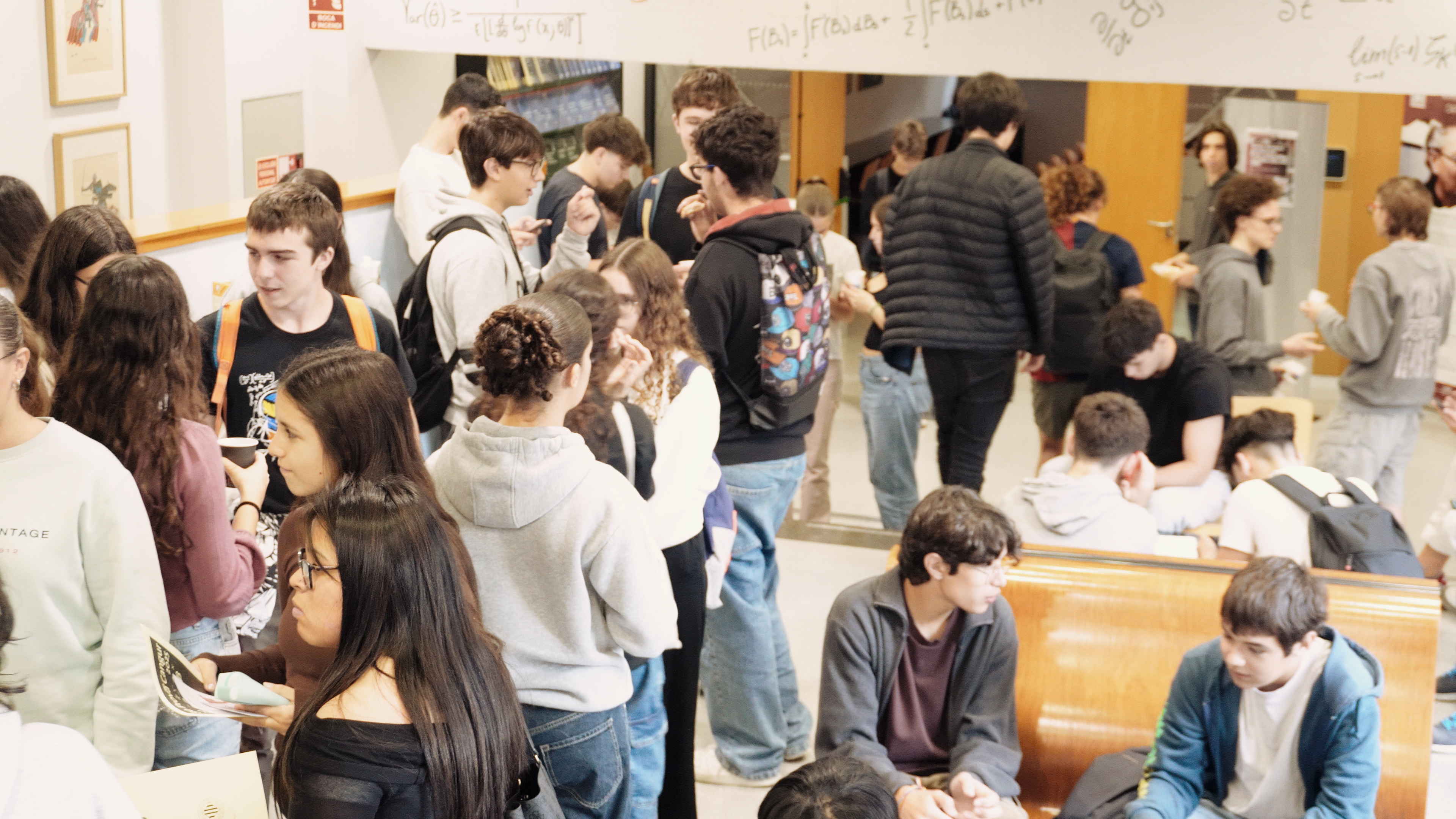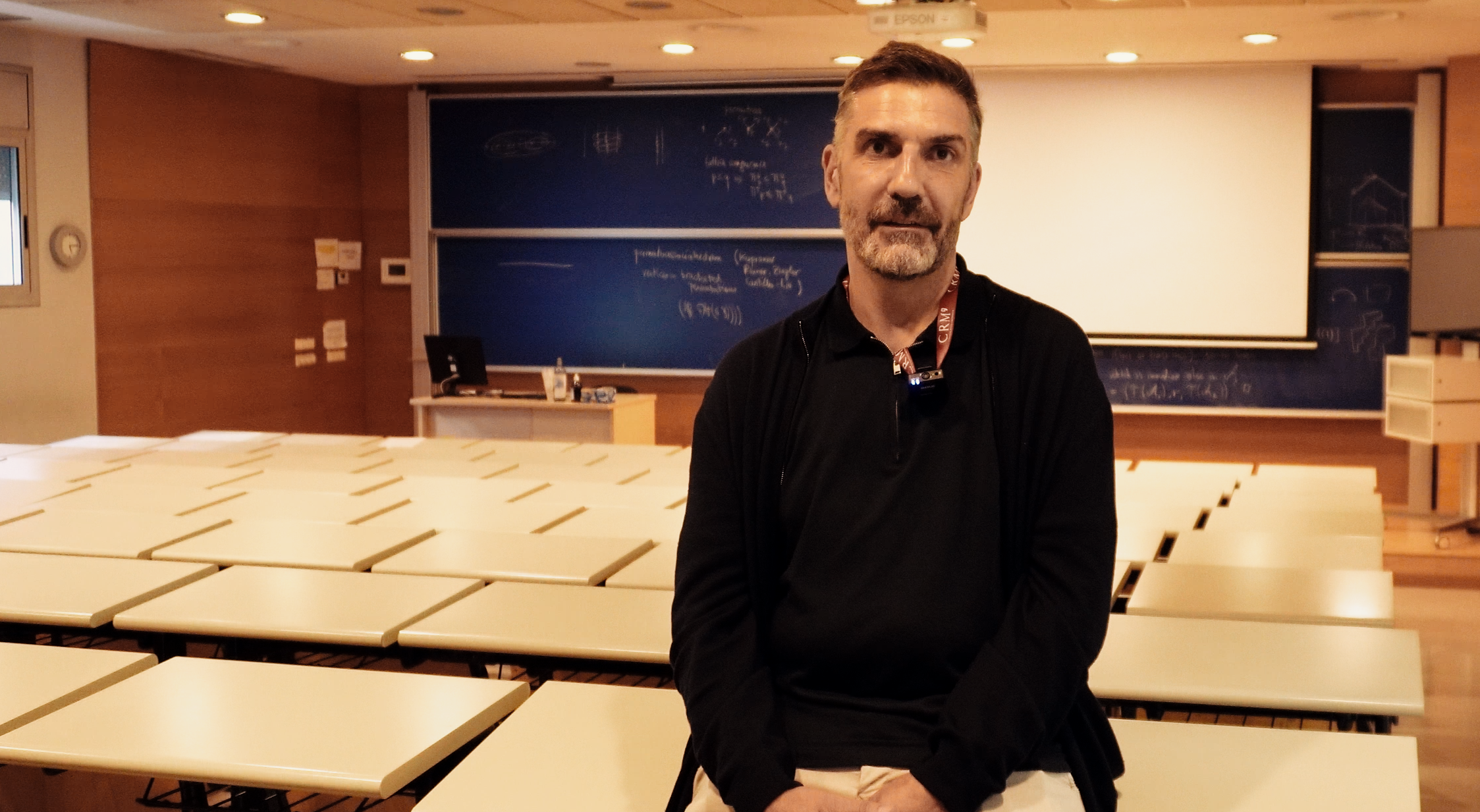
On June 11, the Centre de Recerca Matemàtica (CRM) hosted the Open Science Day, bringing together researchers to explore the principles, challenges, and transformative potential of open science. With a central talk by Ignasi Labastida and a roundtable featuring leading experts, the event offered valuable insights into how transparency, accessibility, and collaboration can shape the future of scientific research.
On June 11, the Centre de Recerca Matemàtica (CRM) hosted the Open Science Day, an initiative designed to reflect on the principles, challenges, and opportunities that open science presents in the context of mathematical and scientific research.
The event was structured into three main parts. The welcome address was delivered by Klaus Wimmer, researcher in the CRM’s neuroscience group, who emphasized the importance of the event as an opportunity to foster a culture of openness, collaboration, and responsibility in research.
This was followed by a central talk by Ignasi Labastida, head of the Research Unit at the CRAI of the University of Barcelona and one of the most recognized voices in the field of open science within the Catalan academic context. The day concluded with a roundtable discussion featuring Enrico Valdinoci, professor at the University of Western Australia, editor-in-chief of Nonlinear Analysis and Mathematics in Engineering, and expert in partial differential equations, nonlocal equations, calculus of variations, and dynamical systems; and Francesc Perera, professor at the Universitat Autònoma de Barcelona, CRM researcher, and editor-in-chief of Publicacions Matemàtiques, whose research focuses on operator algebras, noncommutative algebra, and semigroup theory. The roundtable was moderated by Labastida himself, generating a rich dialogue between diverse perspectives on the implementation of open practices in mathematical research.
Labastida’s talk, titled “Open Science for All: Practices and Implications”, was the central focus of the day. In his presentation, he offered a critical yet inclusive view of open science, emphasizing that it goes far beyond free access to research results. Open science involves transparency, accessibility, and active participation at every stage of the scientific process—from data planning and generation, through analysis and peer review, to publication and impact assessment. His message was clear: anyone involved in research, regardless of their career stage, can contribute to a more open, inclusive, and responsible science.
Labastida unpacked the complexity of the open science ecosystem by addressing its main dimensions:
- Open access to publications: ensuring that scientific articles are freely available to everyone, without economic or subscription barriers.
- Open research data: promoting the availability and reuse of data generated in scientific projects, while respecting privacy and ethical standards.
- Open peer review: encouraging more transparent evaluation processes, where reviewers’ comments and authors’ responses can be made public.
- Free and open-source software: supporting the use and development of software tools whose source code is accessible, allowing verification, improvement, and reuse.
- Scientific integrity: ensuring ethical and responsible practices in the production and communication of knowledge.
- Responsible evaluation: rethinking how research quality is assessed, prioritizing real impact and quality over quantitative metrics.
- Skills and training: equipping researchers with the digital, legal, and ethical skills needed to operate in an open environment.
- Public participation: involving society in the scientific process, whether through citizen science projects or active communication of results.
He also outlined the main open access publishing strategies:
- Green Open Access: the author publishes in a subscription-based journal and, after an embargo period, deposits an accepted version (postprint) in a digital repository. These repositories allow free access without publication fees.
- Gold Open Access: the article is published directly in an open access journal, available immediately and permanently. In this model, publication costs (APCs) are usually covered by institutions or funders, and authors retain rights through licenses such as Creative Commons.
- Hybrid model: subscription journals that allow individual articles to be published open access upon payment of a fee. While this facilitates the transition to open models, it has been criticized for the “double dipping” it can entail for institutions.
- Diamond Open Access: access is free for both readers and authors. Journals following this model—often managed by universities or public institutions—cover editorial costs through internal budgets or public funding. Labastida highlighted initiatives such as the Diamond Capacity Hub, which supports this type of publishing by developing sustainable, inclusive, and community-led infrastructures.
Labastida’s clarity and deep expertise enabled attendees—especially early-career researchers at the CRM—to better understand the challenges and opportunities of adopting open practices in their daily work. His participation was undoubtedly a privilege for the CRM, and we are deeply grateful for his generosity and commitment.
We also extend our sincere thanks to the roundtable participants, whose experience and insights enriched the discussion. This event was an excellent opportunity to strengthen a culture of openness, collaboration, and responsibility in mathematical research.
|
|
CRM CommNatalia Vallina
|
From Barcelona to West Bengal: Chemistry Meets Mathematics to Enhance Water Filter Design
Researchers at the Centre de Recerca Matemàtica, in collaboration with IIT Kharagpur and UPC, have developed a mathematical model that accurately predicts the performance of fluoride-removal water filters made of mineral-rich carbon (MRC) and...
Polytopes, Matroids, and the Friends You Make: Martina Juhnke on Two Months at the CRM
The Centre de Recerca Matemàtica recently hosted a research programme on Combinatorial Geometries and Geometric Combinatorics, focusing on the overlap between polytopes and matroids. Martina Juhnke, a member of the scientific committee, reflects on how this programme...
BAMB! 2025: Participants Return to the CRM for Research Stays
In October 2025, the Centre de Recerca Matemàtica hosted Josefine Meyer (ISTA) and Cate MacColl (University of Queensland) for a month-long research stay following their participation in the BAMB! Summer School. Despite studying vastly different subjects, from...
Connecting Shapes, Patterns, and Ideas: the Closing Conference on Combinatorial Geometries and Geometric Combinatorics
During five days, the CRM hosted the Closing Conference of the MDM Focused Research Programme on Combinatorial Geometries & Geometric Combinatorics. The event featured plenary talks, contributed sessions, and posters on topics from matroids and polytopes to...
Xavier Ros-Oton among the 65 most cited mathematicians in the world
ICREA professor at the Universitat de Barcelona and CRM affiliated researcher Xavier Ros-Oton appears on Clarivate's Highly Cited Researchers 2025 list, which this year reinstates the mathematics category after two years of exclusion.Citations are a strange way to...
New Horizons for H- and Γ-convergence: From Local to Nonlocal (and viceversa)
The researchers Maicol Caponi, Alessandro Carbotti, and Alberto Maione extended the H- and Γ-convergence theories to the setting of nonlocal linear operators and their corresponding energies. The authors were able to overcome the limitations of classical localization...
Diego Vidaurre joins the CRM through the ATRAE talent programme
Diego Vidaurre has joined the Centre de Recerca Matemàtica through the ATRAE programme, bringing his expertise in modelling spontaneous brain activity across multiple data modalities. His work focuses on understanding how the brain’s intrinsic dynamics shape...
El CRM a la Setmana de la Ciència: una ruta entre dones, formes i pensament
El CRM va participar en la 30a edició de la Setmana de la Ciència amb una ruta guiada que va combinar les biografies de dones matemàtiques amb obres d'art del centre, connectant ciència, història i creació artística.El 12 de novembre, el Centre de Recerca Matemàtica...
Stefano Pedarra Defends his PhD Thesis on the Interaction between Tumour Cells and the Immune System
Stefano Pedarra has completed his PhD at the Centre de Recerca Matemàtica with a thesis exploring how tumour-cell metabolism shapes the immune system’s ability to fight cancer. His work brought mathematics and biology into direct conversation, from building models to...
Els estudiants participants a la prova de preselecció de Bojos per les Matemàtiques visiten el CRM
La prova de preselecció de Bojos per les Matemàtiques va reunir estudiants de tot Catalunya a la UAB i al CRM, amb presentacions a càrrec de Montse Alsina, presidenta de la Societat Catalana de Matemàtiques, Núria Fagella, degana de la Facultat de Matemàtiques i...
Jordi Mompart highlights the role of artificial intelligence in sport at the XIII GEFENOL-DIFENSC Summer School
The XIII GEFENOL-DIFENSC Summer School gathered over thirty researchers from across Europe to explore how statistical physics helps explain complex phenomena in biology, ecology, networks, and social systems. In his closing lecture, Jordi Mompart (UAB) examined how...
Critical Slowing Down in Genetic Systems: The Impact of Bifurcation Proximity and Noise
An international collaboration including researchers from the Centre de Recerca Matemàtica (CRM) has shown that when several bifurcations occur close to one another, their interaction can dramatically amplify critical slowing down effect - the progressive slowdown of...








